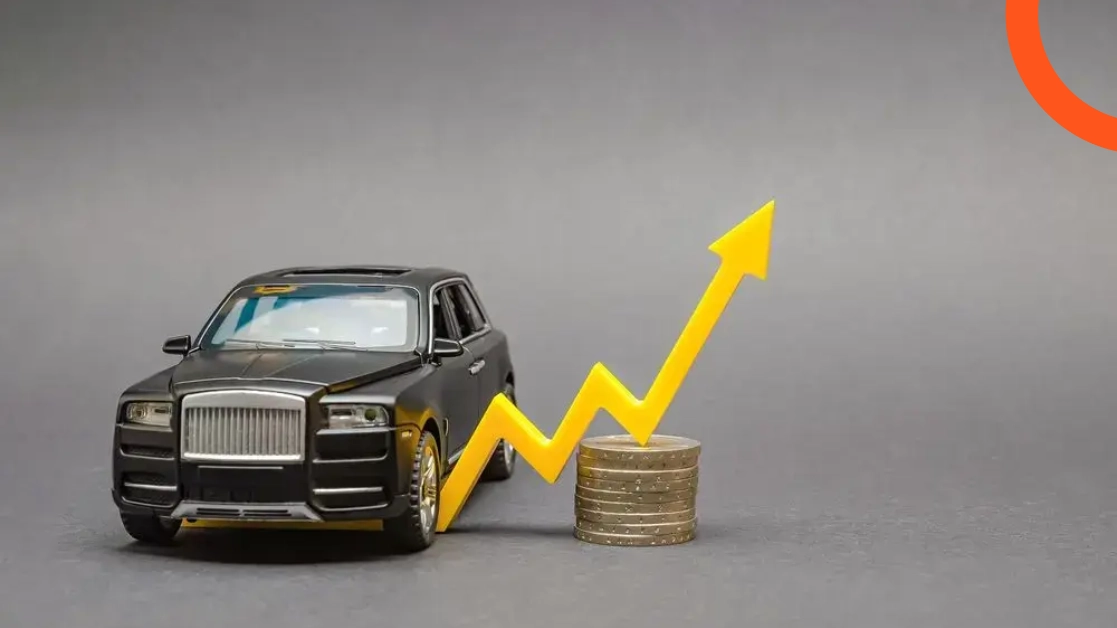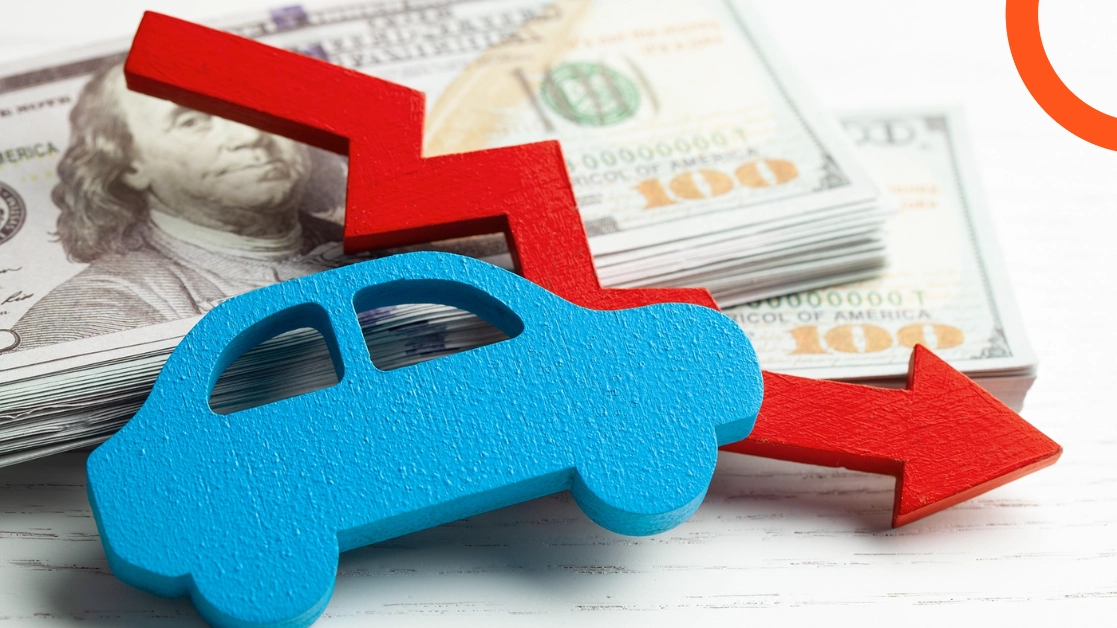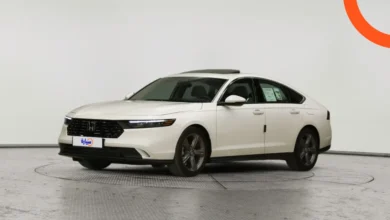When Do Car Prices Drop in Saudi Arabia?
Timing Your Purchase for the Best Deals
The automotive market in the Kingdom of Saudi Arabia witnesses seasonal changes and economic influences that directly impact prices, whether for new or used cars. With the variety of options and increased competition among dealers and brands, choosing the right time to buy has become a crucial factor in securing the best deal. In this article, we review the most important seasons when car prices drop, the factors influencing market movement, as well as tips for maintaining your car’s value and future price predictions for 2025.
Browse car prices in Saudi Arabia
When do car prices drop?
Car prices in the Kingdom of Saudi Arabia tend to decrease during specific seasons of the year, such as the holy month of Ramadan and official Saudi occasions like Founding Day and National Day. During these times, car dealerships and major exhibitions take advantage of these periods to offer exclusive deals and attractive discounts to attract buyers. Whether you are looking for a new or used car, taking advantage of these seasons can yield significant financial savings and affordable financing options.
Here are the best seasons that witness a decrease in car prices in Saudi Arabia:
Holidays, Festivals, and National Occasions
These times are among the most prominent periods that witness significant offers and discounts, as companies provide attractive financing deals that include exclusive packages and additional features.
Saudi National Day
The National Day on September 23 each year is considered one of the most important times to purchase a car, as many exhibitions launch massive offers that include direct discounts, flexible financing, as well as maintenance packages and extended warranties, making it an ideal time to acquire a car at an excellent price.
Founding Day
On February 22 of each year, the Kingdom celebrates Founding Day, and this day witnesses offers similar to those presented on National Day, as dealerships offer special discounts on new and used cars, presenting a fantastic buying opportunity at lower costs.
White Friday
Occurring on the last Friday of November, it is considered one of the best times to get huge discounts on cars. Exhibitions and online websites like Syarah in Saudi Arabia participate with strong offers targeting buyers looking for substantial savings. It is advisable to prepare in advance and conduct thorough research to fully benefit from these offers.
Ramadan
Ramadan is a golden season for car offers, as companies provide deals that include substantial discounts, flexible financing plans, and additional features like extended warranties or free maintenance. Interest increases during this month due to the attractive offers and consumers’ eagerness to take advantage of them before Eid.
Eid al-Fitr and Eid al-Adha
These two Eids also feature special offers on cars, with exclusive discounts, gifts upon purchase, and additional incentives like free registration or maintenance packages. Exhibitions compete to offer the best deals to attract customers during these occasions.
Back-to-School Season
Although the back-to-school season is not traditionally linked to the automotive market, it has become one of the periods during which some exhibitions and platforms like Syarah offer competitive deals, especially for families seeking cars that meet their needs at the start of the academic year.
Factors Influencing Car Prices in Saudi Arabia

The prices of cars in Saudi Arabia experience continuous fluctuations due to the interplay of various economic, regulatory, and global factors. These factors directly impact the purchase costs for both new and used cars, also reflecting on consumer choices. Whether you plan to buy or sell a car, being aware of these factors is crucial for understanding market dynamics and timing your decisions effectively.
Tax and Customs Policies
Taxes are among the main influences on car prices; the Kingdom imposes a 15% value-added tax on new cars, in addition to customs fees ranging between 5% and 20% depending on the country of origin, which raises the final cost of imported cars.
Fluctuations in Foreign Currency Prices
Since the Saudi market relies on imports, any change in exchange rates for the dollar, yen, or euro directly affects the cost of cars. An increase in foreign currency value raises the local price of cars, and vice versa.
Global Supply Chains
Disruptions in supply chains, such as the chip crisis, lead to shortages in car availability or delays in their arrival, which puts pressure on prices and increases them due to the limited options available to consumers.
Increasing Local Demand
A growing population, more women entering the driving market, and improved income levels all contribute to increased demand for cars, especially in major cities, which drives prices up or prevents them from falling.
Shift Towards Electric Vehicles
The increasing governmental support for electric cars, tax exemptions, and the development of charging stations makes electric cars more attractive, leading to a shift in the pricing structure between traditional and modern vehicles.
Governmental and Regulatory Decisions
Some regulations, such as limiting the number of cars imported per person or introducing new facilitation for personal imports, affect market supply. For example, the decision to ease imports at the end of 2024 led to the entry of cars priced lower than dealership prices, increasing competition.
Seasonal Promotions and Discounts
Prices often drop during seasons like Ramadan, year-end, or when new models are released, as exhibitions offer discounts to clear stock, providing consumers opportunities to buy at competitive prices.
Global and Geopolitical Events
Natural disasters, wars, or international transportation disruptions, such as rising shipping costs or delays, all impact car prices, especially those that are imported. Every delay or difficulty in transport means higher costs reflected in the consumer’s price.
Tips for Maintaining Your Car’s Value After Sale

When purchasing a new car, it is natural for its value to gradually decline once it leaves the dealership, with the depreciation reaching up to 60% after five years. However, this loss can be mitigated by following a range of tips that help keep the car in good condition and increase the chances of selling it later at a higher price. Here are the top tips that directly influence a car’s value upon resale:
Mileage
The fewer kilometers the car has traveled, the higher its value at resale. It’s preferable to maintain an annual driving average of no more than 15,000 miles (about 24,000 km), and cars with low consumption tend to be more attractive to buyers, as they indicate less usage and slower wear on vehicle parts.
Avoiding Accidents
A car with a clean accident history is a significant advantage at the time of sale, and even minor accidents can affect its value. Therefore, it is important to drive carefully and avoid collisions, ensuring that any repairs are performed through authorized centers, and keeping a complete maintenance record to present to the buyer upon request.
Maintaining the Car’s Condition
Keep the car clean, inside and out, and repair any scratches or damage in the paint. Certain categories, such as crossovers and SUVs, tend to retain their value better than sedans, which tend to depreciate faster.
Available Features and Amenities
Having essential requested features like a display screen, sensors, or electric seats increases the car’s value. However, overloading with luxury features may cause a loss of part of its value since used car buyers usually look for worth and reasonable pricing more than excessive luxury.
Selling Electric Cars in the Initial Years
The market value of electric cars declines faster due to the rapid changes in technology and their high purchase prices. Therefore, if you own an electric car, be sure to sell it in the early years to take advantage of its value before it is affected by market and technological developments.
Regular Maintenance
Committing to regular maintenance at authorized centers, along with keeping a full record of invoices, boosts buyer confidence in your car and increases its value. Neglecting maintenance or using non-original parts can significantly reduce the car’s overall worth.
Future Price Predictions for Cars in the Kingdom

The automotive market in the Kingdom of Saudi Arabia is undergoing significant transformation in 2025, driven by technological advancements and changing consumer behaviors. The market is expected to witness notable changes in prices, whether rising or stabilizing, depending on category, source, and demand.
Increase in Prices of Imported and Luxury Cars
Prices of imported cars, especially luxury models, are expected to be affected by rising shipping costs and global taxes, along with changes in trade agreements. Some models, such as BMW, Mercedes, and Porsche, may see significant price increases ranging from 250 to 500 Saudi Riyals, depending on the country of origin and source of import.
Decrease and Stability in Economic and Used Cars
Conversely, prices of economic cars are expected to stabilize or gradually decrease, especially with increasing competition from Chinese brands like Changan, MG, and Jetour, which offer good specifications at competitive prices. Additionally, the rising demand for used cars enhances buyers’ opportunities to find quality vehicles at lower prices.
Impact of Electric Vehicles and Government Support
The growing trend towards electric cars is a significant factor in reshaping the market. Government support and tax exemptions, alongside rising traditional fuel prices, increase consumer interest in electric vehicles, which may limit demand for certain traditional cars in the future.
Strong Competition Among Brands
Although Toyota and Hyundai maintain their sales leadership in Saudi Arabia, Chinese brands have started to gain a larger market share due to the variety of options and competitive prices. This competition is expected to continue affecting prices over the coming years.
Frequently Asked Questions
What is the impact of technology on car prices?
Technology affects prices through crises related to it, such as the chip crisis, which leads to production shortages and consequently price fluctuations. It can also cause temporary declines due to unavailability of certain models at times.
How do politics and wars affect prices?
Political issues and wars lead to rising car prices due to supply chain disruptions, increased shipping costs, shortages of spare parts, and fluctuations in supply and demand. Governments may also impose taxes or restrictions that affect imports and distribution.
Are there brands that maintain more stable prices?
Yes, brands like Toyota, Hyundai, Kia, and Nissan maintain relatively stable prices due to their reliability, availability of spare parts, and high demand in the Saudi market.
Can holidays and events affect car prices?
Yes, holidays and events such as National Day, Ramadan, and Founding Day, witness offers and discounts that make them ideal periods to obtain lower prices.
Do price declines apply to all types of vehicles?
No, declines are concentrated in economic and mid-range cars, while luxury or rare vehicles tend to have stable prices or are less affected.
Are there specific seasons when car prices decrease in Saudi Arabia?
Yes, such as Ramadan, National Day, Founding Day, White Friday, and back-to-school time when exhibitions offer attractive deals and discounts.
What is the impact of increasing local production on price balance in the Saudi market?
Local production of cars in Saudi Arabia, such as Ceer, enhances price stability by reducing reliance on imports and providing competitively priced vehicles. It also boosts competition among dealers and minimizes the impact of global crises.
How can I know the ideal time to buy a car at lower prices?
By monitoring sales platforms like “Syarah”, car exhibitions, and dealerships continuously to spot seasonal offers and discounts, especially during special occasions and annual clearance periods.
In conclusion, the automotive market in Saudi Arabia undergoes continuous transformations influenced by economic factors, promotional seasons, and modern trends like electric cars. Choosing the right time to buy, focusing on the car’s condition, and using reliable inspection tools can make a significant difference in value and cost.





